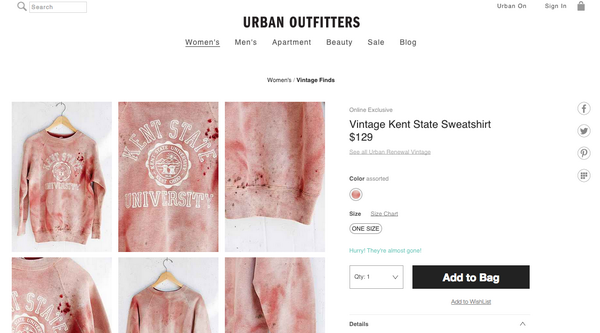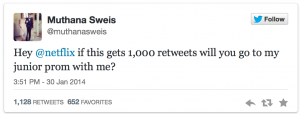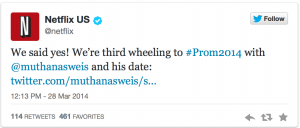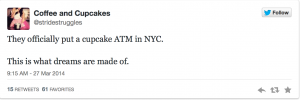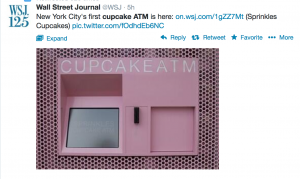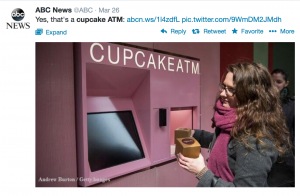By CLARA BENDAYAN
It’s no surprise that one’s privacy is becoming almost non-existent in this social media day and age.
Celebrities, especially, face major issues with their privacy being violated as there are paparazzi on virtually every corner waiting to snap a shot of their daily activities — no matter how trivial.
Many celebrities try to maintain private lives and tend to not divulge much personal information to the news media. However, some are known for their attention-seeking nature and try to pull publicity stunts to garner more fame.
This seems to be the question with the latest story involving a celebrity and a social media woe that has been unfolding for the past two days.
Actor James Franco, 35, allegedly exchanged phone conversations with a 17-year-old Scottish girl asking her to meet him at a hotel in New York.
Images of the phone conversation surfaced online shortly thereafter, as the girl was eager to share the evidence of conversing with a celebrity, placing Franco in a very awkward and unwanted position.
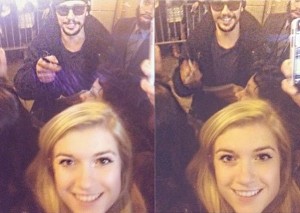
Screenshots of the Instagram video that fueled the scandal (Photo courtesy of HollywoodLife).
She’s since then deleted all of her social media accounts, no doubt due to the overwhelming attention she’s been receiving thanks to this scandal. However, pictures of the leaked conversation are still swirling around the Web.
Their interaction reportedly began when the Scottish teen, Lucy Clode, met Franco outside of his Broadway show, “Of Mice & Men.” She took an Instagram video of him and he reportedly told her to “tag him.”
They exchanged messages where Franco allegedly asked her how old she was, when her 18th birthday was, and what hotel she was staying at.
Franco then appeared on “Live! With Kelly and Michael” on Friday night and addressed the scandal.
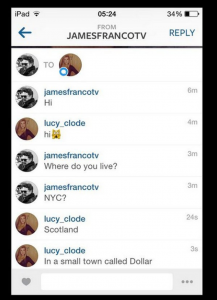
One of the leaked conversations via Instagram. (Photo courtesy of HollywoodLife)
“I mean I guess, you know, I’m embarrassed, and I guess I’m just a model of, you know, how social media is tricky,” said James Franco. “It’s a way people meet each other today. But what I’ve learned I guess just because I’m new to it is like, you don’t know who’s on the other end. You meet somebody in person and you get a feel for them but you don’t know who you’re talking to, and, you know? So I used bad judgment. I learned my lesson.”
The final question here is if this was a publicity stunt or if Franco actually used bad judgement and became another victim of social media. On the same day that the scandal occurred, the official trailer for his new film, “Palo Alto” hit the Web. Some people think it’s ironic that both things happened on the same day, leading many to believe that it’s a hoax for publicity.
Regardless of the final verdict, this incident clearly exemplifies the darker, more negative side of social media. Once something is released through social media, it’s irretrievable. Although the teen erased her social media accounts, the leaked conversations and photos exchanged are plastered all over the web, and it seems like this incident won’t be long soon forgotten.


![HeforShe event sponsored by UN Women with Goodwill ambasador Emma Watson New York, USA -20/09/2014/SIPA_SIPA837.01/Credit:UN Photo/SIPA/SIPA/1409230856 (Newscom TagID: sfphotos325055.jpg) [Photo via Newscom]](http://students.com.miami.edu/reporting/wp-content/uploads/2015/03/most_influential_young_women_2014_emma_watson-300x156.jpg)
